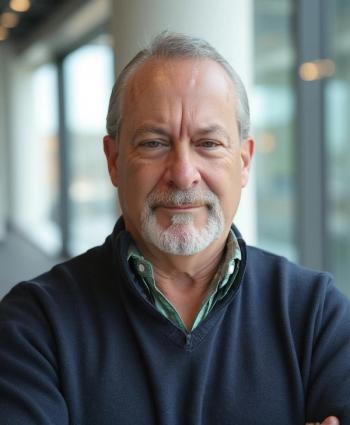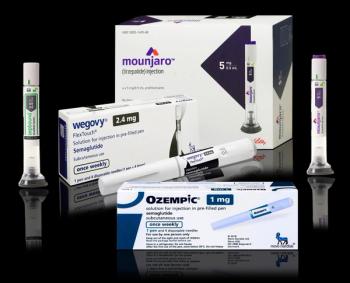
Telehealth, payment, burnout at heart of AMA’s new ‘Recovery Plan for America’s Physicians’
After battling COVID-19 pandemic, AMA president says nation needs new commitment to physicians.
Telehealth, Medicare payments, scope creep, prior authorizations and burnout are keys to a new roadmap to renew the nation’s commitment physicians, said American Medical Association (AMA) 2021-2022 President Gerald E. Harmon, MD.
Harmon unveiled the AMA’s new “Recovery Plan for America’s Physicians” in the association’s House of Delegates this month. He discussed the plan in his
Citing the challenges of the COVID-19 pandemic, gun violence and government interference in medicine, Harmon emphasized how physicians “are rising to this moment. Day after day. Hour after grueling hour.”
“It’s physicians our nation turns to. For answers – for treatment – for help,” Harmon said in his prepared remarks published by AMA. “You’ve taken care of our nation – at great personal sacrifice … and it’s time our nation renews its commitment to you.”
There are five priority areas AMA will focus on.
Telehealth
The method is not appropriate for suturing a wound or setting a broken bone, but it is “hugely beneficial” in areas such as chronic disease management, care coordination and psychiatry, Harmon said. The nation needs updated laws and regulations once the COVID-19 public health emergency is over.
Medicare
Medicare
Scope creep
Teamwork is necessary for quality, affordable health care, Harmon said, and he credited the work of nurses, physician assistants and office workers. But physicians must lead those teams.
Harmon compared the situation to the airline industry – ground crews and flight attendants are critical to get airplanes off the ground and safely landed. “But no one suggests they fly the planes or that we use them to fill the expected shortage of airline pilots,” he said.
Prior authorizations
Harmon cited an AMA survey that found 93% of physicians reported hurdles with prior authorization for medication, tests and procedures resulted in care delays for patients. In the survey, four out of five doctors said those processes led patients to abandon treatments.
Health insurers have done little to comply with
Burnout
Harmon praised the federal
Physicians must be able to address mental health needs without fear of negative repercussions, Harmon said. AMA supports reforms to outdated language on applications for medical licensing, employment and credentials, he said.
Finding new doctors
Focusing on the recovery plan will make it easier to bring talented young people to avoid a predicted physician shortage looming in the United States, Harmon said. He called for removing barriers for new physicians, especially from underrepresented communities, by:
- Reducing medical school debt
- Expanding the number of residency training slots
- Creating new schools and programs in historically Black colleges and universities, Hispanic-serving institutions and tribal colleges and universities
Newsletter
Stay informed and empowered with Medical Economics enewsletter, delivering expert insights, financial strategies, practice management tips and technology trends — tailored for today’s physicians.



















